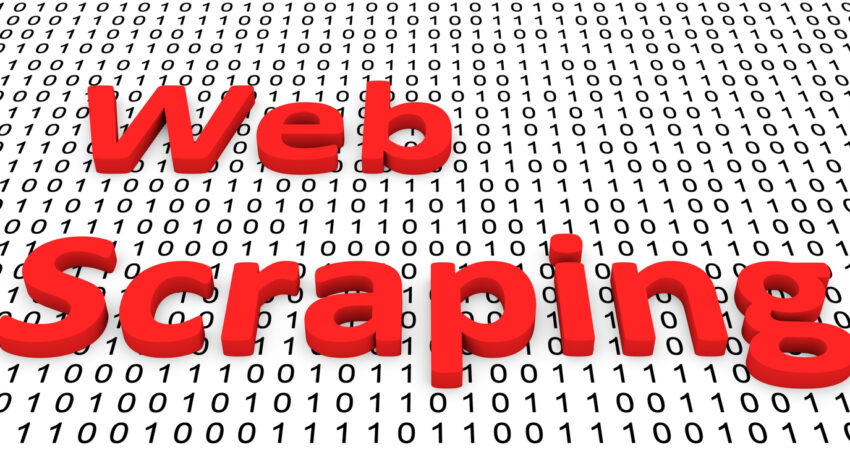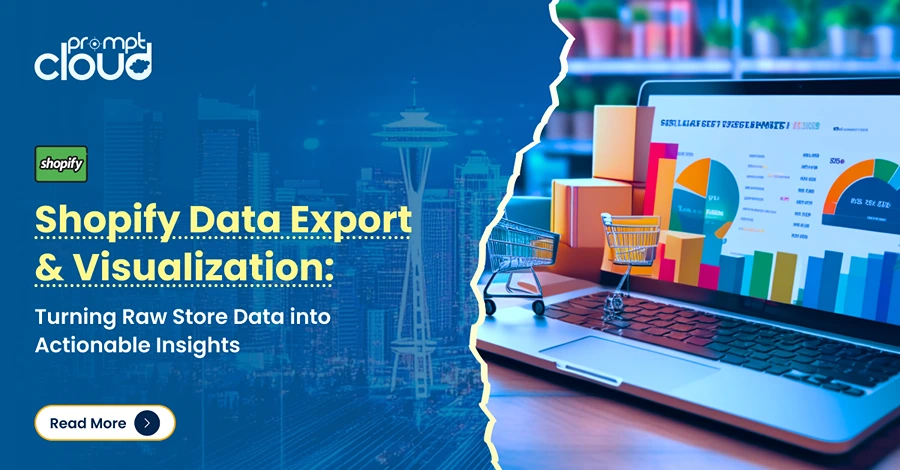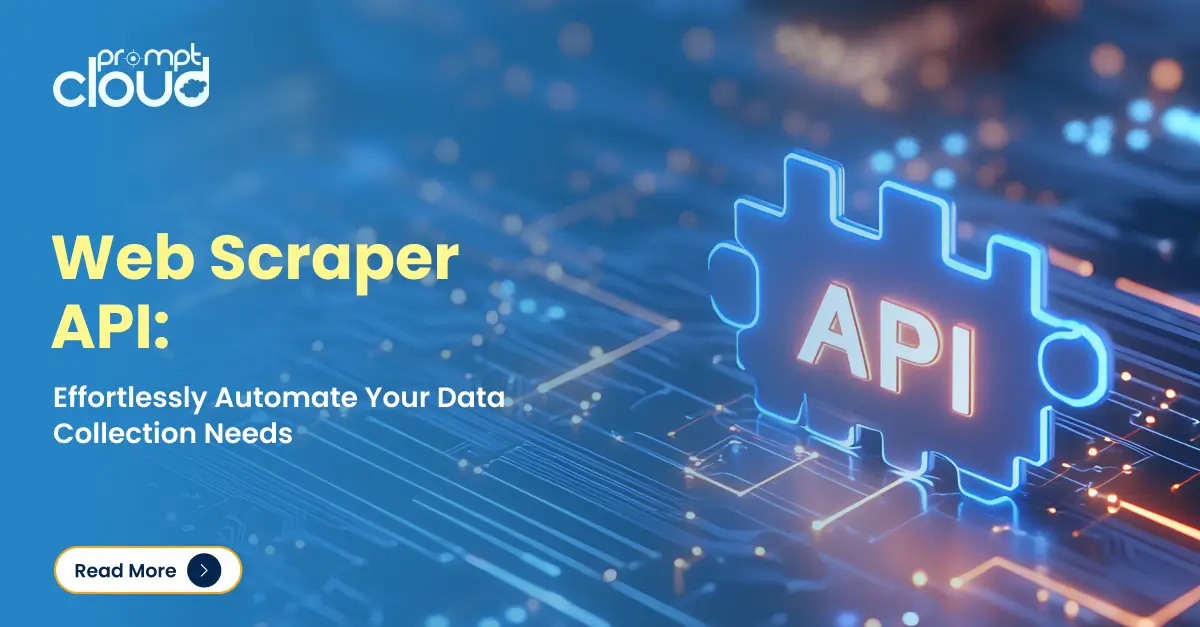
How Companies Are Using Web Scraping to Grow Their Revenue Streams
One of the most valuable resources emerging from the online space for businesses today is data. Access to the relevant data is helping businesses make effective decisions that impact their bottom line faster.
As the number of Internet users, smartphone users, and online consumers increases, the amount of data produced online is set to grow at scale. As of January 2021, the world had 4.66 billion active internet users, and the average spend by online shoppers was 3.39 USD, and this number is only bound to grow.
Businesses worldwide are leveraging web scraping to access superior data. Web scraping a website is an automated process that helps businesses extract data from any website with speed and efficiency.
Automation vs. Manual Efforts
Traditionally, businesses would access online data through manual efforts. This would entail cutting and pasting content, categorizing it, and then saving it in the desired format. Web scraping a website, on the other hand, brings with it several advantages.
Manual efforts are highly time-consuming. With so much data being produced every second, it would take endless man-hours to crawl through multiple websites. This creates massive scope to miss out on crucial data.
On the other hand, web scraping is a fully automated process offering comprehensive data. Another core advantage here is that after the data is extracted, it is presented in a usable format. This step makes it easy to analyze and access in a wide range of formats.
Innovative web scraping tools offer more value by mining the extracted data to predict trends that translate to superior business intelligence. They bring intuitiveness to the process and help businesses make effective decisions that have a huge impact on their bottom line.
How to Scrape a Website
Companies looking to use web scraping can look at several tools available in the market today.
The first step is to identify what kinds of websites need to be crawled. The URLs of these websites are then fed into the web scraper, which then loads the page’s HTML code.
The web scraper then proceeds to extract all the data on the page or any specific data that have been pre-identified. This includes screen scraping text from visuals such as infographics.
After the web harvest is complete, the data is categorized and presented in an easy-to-use format. This process saves brand managers, sales personnel, and other key decision-makers time and energy.
Use Cases for Web Scraping
Today, businesses from diverse sectors use web scraping to get access to important data in a timely manner. Here are three web scraping examples:
- eCommerce, one of the fastest-growing global sectors, leverages web scraping to mine important data. For instance, a D2C business may be web scraping a website of a competitive brand for real-time pricing intelligence, product lists, and categories to seek out violators of MAP compliance. Access to this information can help them stay competitive.
- Marketing teams of businesses may use web scraping to help them access the right data for a host of activities that connect to their KPIs – lead generation, content marketing intelligence and ideas, monitoring SEO efforts, and monitoring brand presence across the web.
- The financial sector leverages web scraping for news monitoring, collecting financial statements, and keeping track of mentions across social media. The insurance industry also uses web scraping to collect relevant data that enables businesses to write policies more effectively.
Other industries using web scraping include travel, real estate, jobs, research and analytics, retail, hospitality, healthcare, and automobile.
Benefits of Using Web Scraping
Web scraping tools are constantly innovating to offer more value to businesses. Companies offering web scraping tools now also offer additional services and perks. Here’s a quick rundown of a few benefits of web scraping:
- Scale: As industries get more competitive, web scraping enables them to scale their data-mining efforts. As more data is produced and businesses rush to access it, web scraping tools are also investing in improved speeds and increased volumes.
- Customized Delivery: Web scrapers customize the data into desired formats such as XML, JSON, CSV, and Excel. Some businesses also want it delivered using DropBox and other services. Access to data can be customized based on the needs of the business.
- Customer Support: Web scraping happens in real-time, and any delays can lead to the loss of valuable data. Being able to reach the web scraping provider and get issues resolved ASAP is a definite advantage. Choose a business that prioritizes customer service.
- Superior Data: A huge chunk of the value provided by a web scraper is to review, clean up the data, and categorize it in a form that is not only easy to understand but also relevant to the business. Web scraping tools with superior mining capabilities are thus helping place the right information in front of key business decision-makers.
High-Quality Data Fuels Growth
Web scraping a website not only helps individual businesses perform better but also impacts industries as a whole. For instance, web scraping has helped the automobile industry understand the needs of consumers better. Manufacturers and distributors of auto parts are also able to access real-time information about the demand and supply of auto parts.
The rise of web scraping for small businesses has also helped them gain a competitive edge over established players and grow their market share. As more businesses make early investments in their data-mining efforts, the global web scraper software market is expected to grow to 948.60 million USD by 2026.






![Export Website To CSV A Practical Guide for Developers and Data Teams [2025 Edition]](https://www.promptcloud.com/wp-content/uploads/2025/10/Export-Website-To-CSV-A-Practical-Guide-for-Developers-and-Data-Teams-2025-Edition-100x80.webp)












